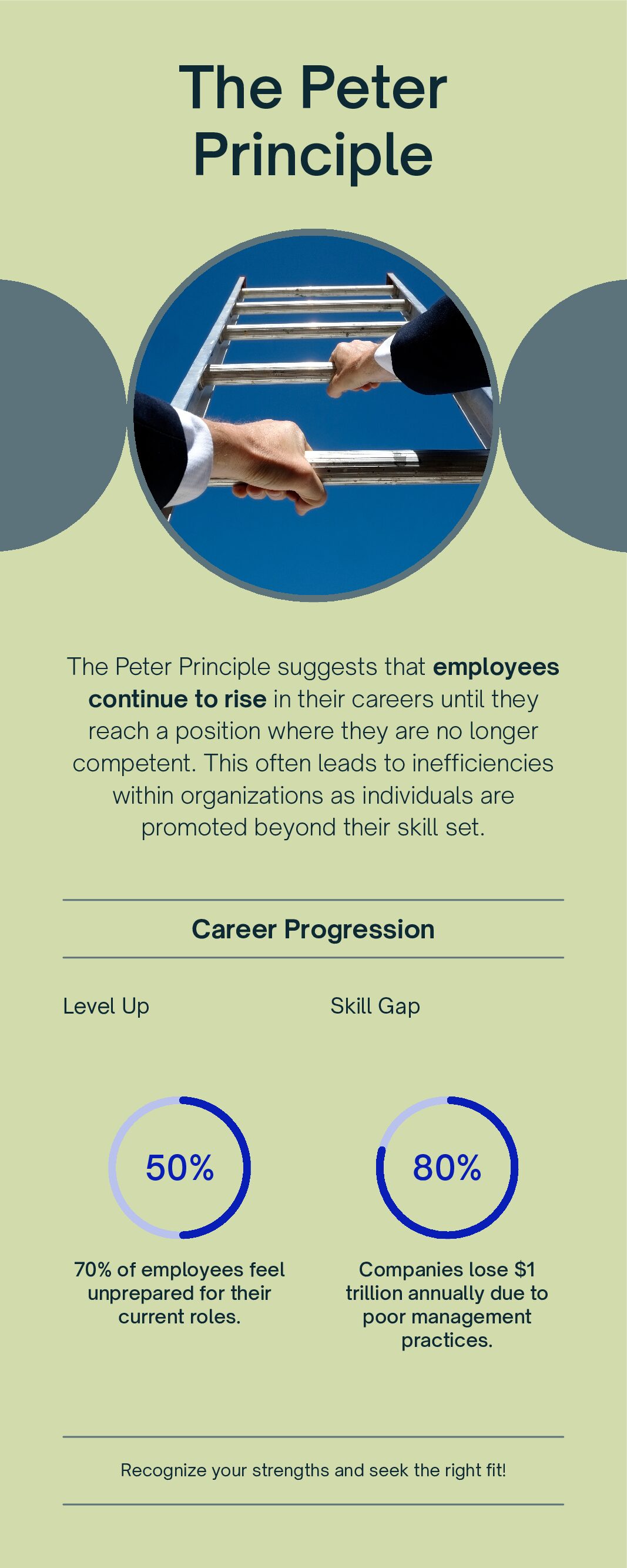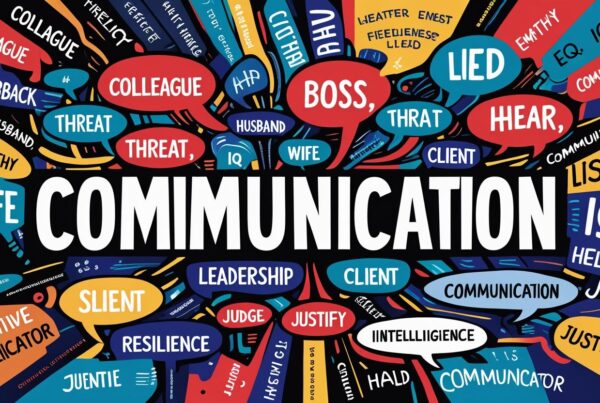When Degrees Don’t Define Leadership
I built my career without an MBA or Ivy League badge. Just a BA in English and Psychology—and a lot of real-world leadership learning. In today’s fast-changing corporate world, flashy certifications don’t always signal leadership capability.
The Credential Illusion
Many organizations still chase degrees. But in a VUCA world (Volatile, Uncertain, Complex, Ambiguous), a title doesn’t guarantee a leader who can handle transformation, ambiguity, or conflict.
The Peter Principle in Action
“Employees rise to the level of their incompetence.” Promotions often reward past performance, not future potential. The result? Misaligned leaders.
What is Competency Mapping?
Leadership competency mapping identifies the skills that matter:
- Emotional Intelligence
- Strategic Thinking
- Agility in Decision-Making
- Communication
- Conflict Resolution
Why It Matters
In 2025, businesses need adaptive, people-centric, agile leaders who can guide teams through complexity.
5 Steps to Get It Right
- Define leadership competencies.
- Assess current & future leaders.
- Identify skill gaps.
- Develop targeted learning journeys.
- Integrate into HR systems.
Benefits
- Better decisions
- Stronger talent pipeline
- Agile teams
- Higher retention
- Culture alignment
Challenges
- Defining relevant competencies
- Avoiding bias
- Keeping frameworks updated
- Getting leadership buy-in
- Investing time & resources
Final Thought: Certify Less. Map More.
Leadership isn’t a credential. It’s a capability. Competency mapping helps you build leaders who can thrive in change.








